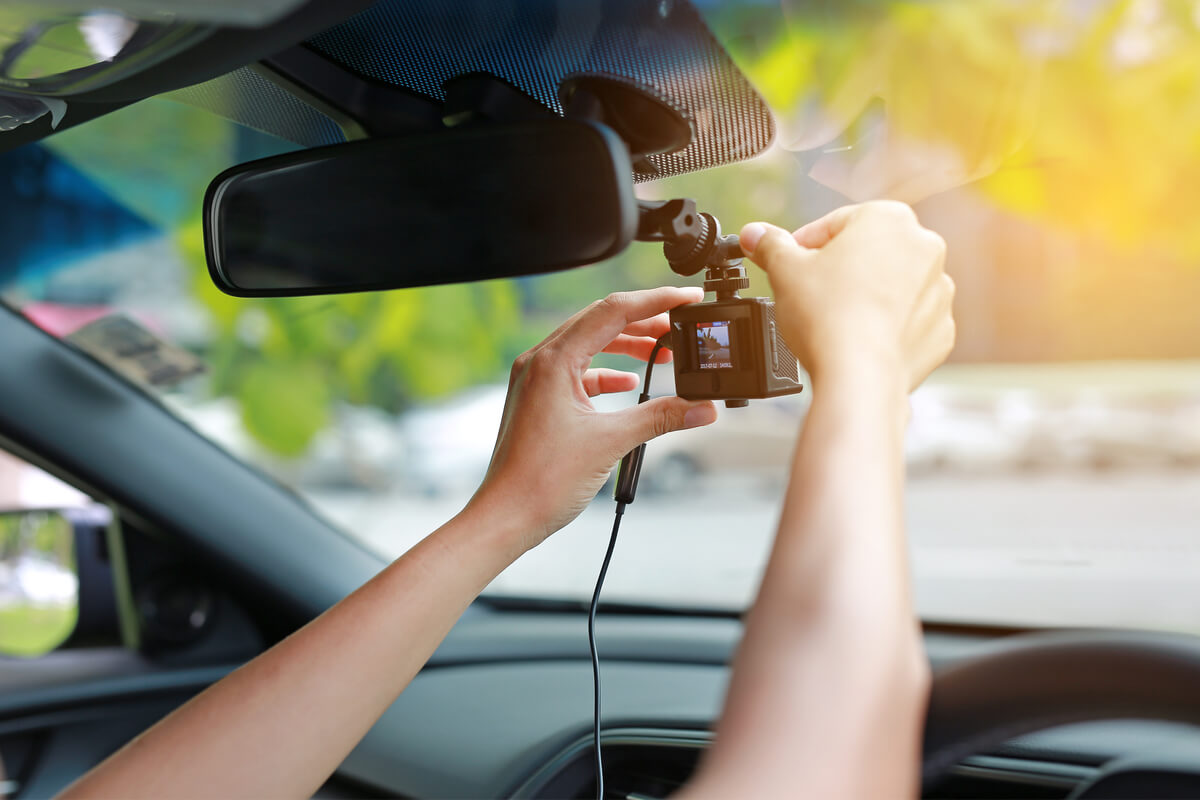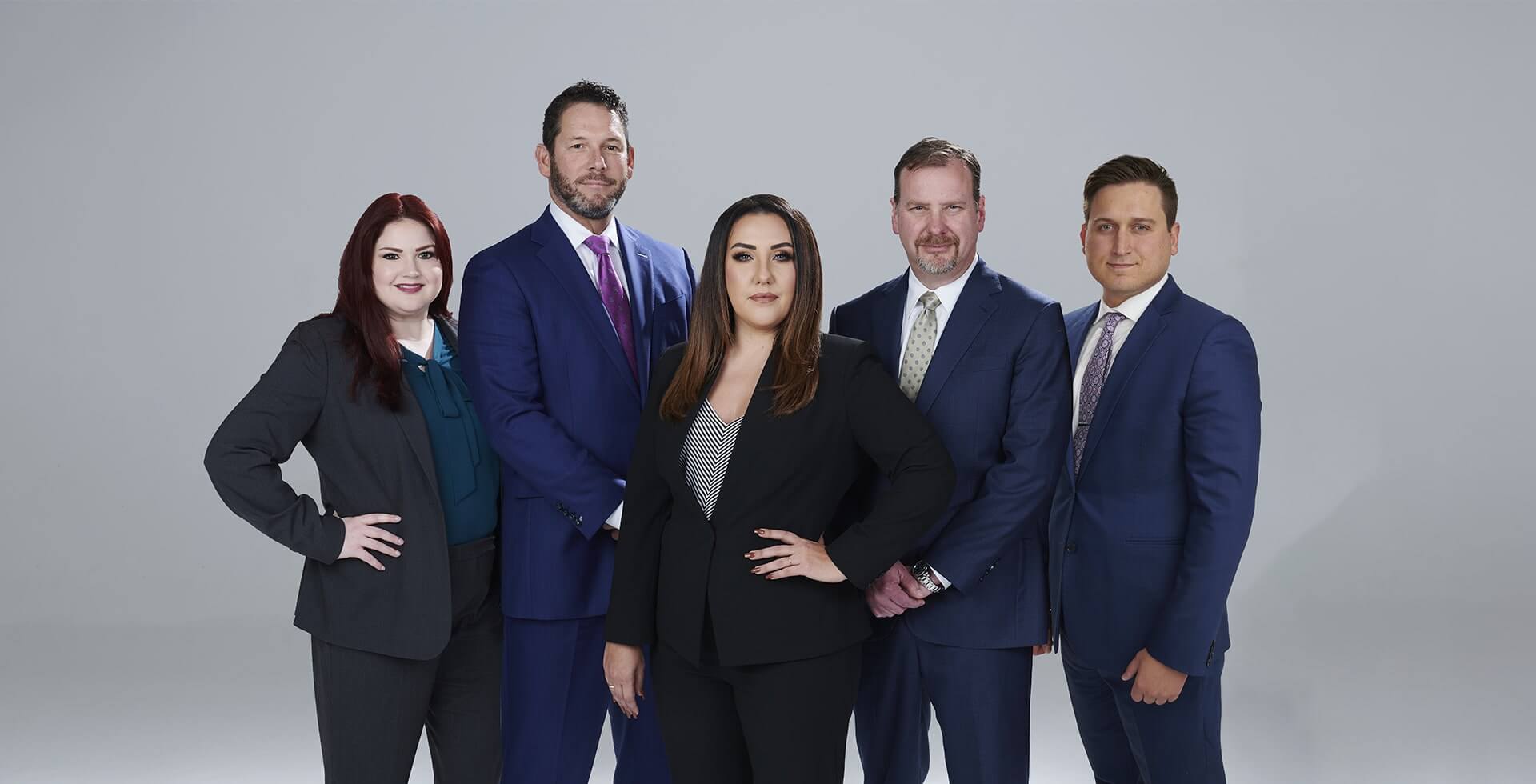
Dashboard cameras (“dashcams”) play a pivotal role on the road these days. More and more drivers have them installed on their dashboards and windshields for various reasons. However, when a driver gets into an accident and a dashcam is recording, can the drivers involved in the crash, insurance companies, and law enforcement consider that recording as evidence? The short answer is that it can be considered to determine fault and is admissible in court.
A dashcam is a small camera that attaches to the inside of a motor vehicle to record movements on the road while a car is in motion. Dashcams capture footage of the driver’s motor vehicle, other vehicles on the road, traffic lights and signs, pedestrians, roadway obstructions, and any other conceivable foreign object drivers encounter on the roadway.
Dashcams are used while the car is in operation on the road. Typically, a dashcam is installed on the car’s windshield or dashboard and is pointed towards the front of the vehicle. Some dashcams have additional viewports, capturing multiple angles or 180- or 360-degree images of the road.
Some dashcams activate once the car is in motion or must be turned on by the motor vehicle operator. During a trip, the camera captures live footage and stores the footage digitally in the cloud for further use. Depending on the vehicle’s operator and the type of dashcam used, footage can be flagged or deleted (either manually or by the software being used).
More advanced dashcams use artificial intelligence (“AI”) programs to provide drivers and owners of the dashcams feedback on driving performance and road conditions. For driving performance, AI programs have been used to detect the following:
Dashcams are primarily used by corporations that operate fleets of vehicles for commercial purposes, like cross-country shipping, transportation, and certain forms of machinery. However, in recent years, many insurance companies have implemented programs for drivers to install dash cams on their vehicles. These programs are used for:
Oklahoma law prohibits the use of dashcams attached to a driver’s windshield. Under §47-12-404(C) of the Oklahoma Statutes, it is important to understand that he law says nobody shall place a sign, poster, object, or anything else in the interior of the vehicle that obstructs the driver’s clear view of the roadway, either ahead or to the sides. However, Oklahoma law does not prohibit using a dashcam, so long as it is not affixed to the windshield.
Thus, drivers can lawfully attach dashcams to their vehicle’s dashboard without the risk of a vehicle violation.
As stated above, a dashcam can be inadmissible in Oklahoma court so long as it meets specific standards—most notably, relevance. Under Section 2401 of the Oklahoma Evidence Code, relevant evidence is defined as “evidence having any tendency to make the existence of any fact that is of consequence to the determination of the action more probable or less probable than it would be without the evidence.”
During a trial, parties present various forms of evidence to prove their case, including documentation, audio/video footage, and eyewitness testimony. In most cases, dashcam footage would be presented during court to prove that an accident occurred and determine which party was at fault. This evidence can be precious because proving a party’s fault is the objective of virtually all legal actions arising out of a traffic accident.
Alternatively, the demonstrative nature of video footage can help a party to the case establish the credibility of other evidence or discredit the opposing side’s arguments regarding facts presented at trial.
Footage can also be used to describe events in the pre-trial litigation phase to argue motions and reach a settlement.
As stated above, dashcams are a great driving tool with many benefits to their users. However, dashcams also have certain disadvantages, especially in a state like Oklahoma.
A driver’s negligence causes most traffic accidents in Oklahoma. Negligence can include traffic violations, distracted driving, or intoxication. To prove negligence, a plaintiff must show the defendant:
Oklahoma is a “comparative negligence” state, meaning the finding of fault does not have to be 100%. This means that an injured party can be on the hook for a portion of the damage caused by the accident if they were partially at fault.
For example, if two cars collide on the highway because the defendant engages in an improper lane change, the defendant’s negligence caused the accident. Therefore, the plaintiff will be awarded monetary damages for their injuries. However, suppose the plaintiff’s dashcam also shows that the plaintiff was distracted by talking on a cell phone during the accident.
In that case, their damages award may be reduced by a certain percentage based on their negligence leading up to the accident.
In some instances, law enforcement may want to access relevant dashcam footage, especially if they believe it recorded a crime. However, if a law enforcement officer makes inquiries about accessing dashcam footage, the footage owner does not have to comply with the request immediately.
Instead, dashcam owners with some or complete control over the footage generated using a dashcam should release it after a lawfully executed search warrant or subpoena.
If you or a loved one has recently been in a car accident, and dashcam footage has recorded the accident, an experienced car accident attorney can help you with your case. Please contact Graves McClain today for a free consultation by visiting our website.

When injury victims need a law firm with a reputation for excellence, turn to Graves McLain Injury Lawyers. We are a top-rated personal injury firm determined to be the best. With decades of award-winning representation, our clients recover the compensation they need to put their lives back together.